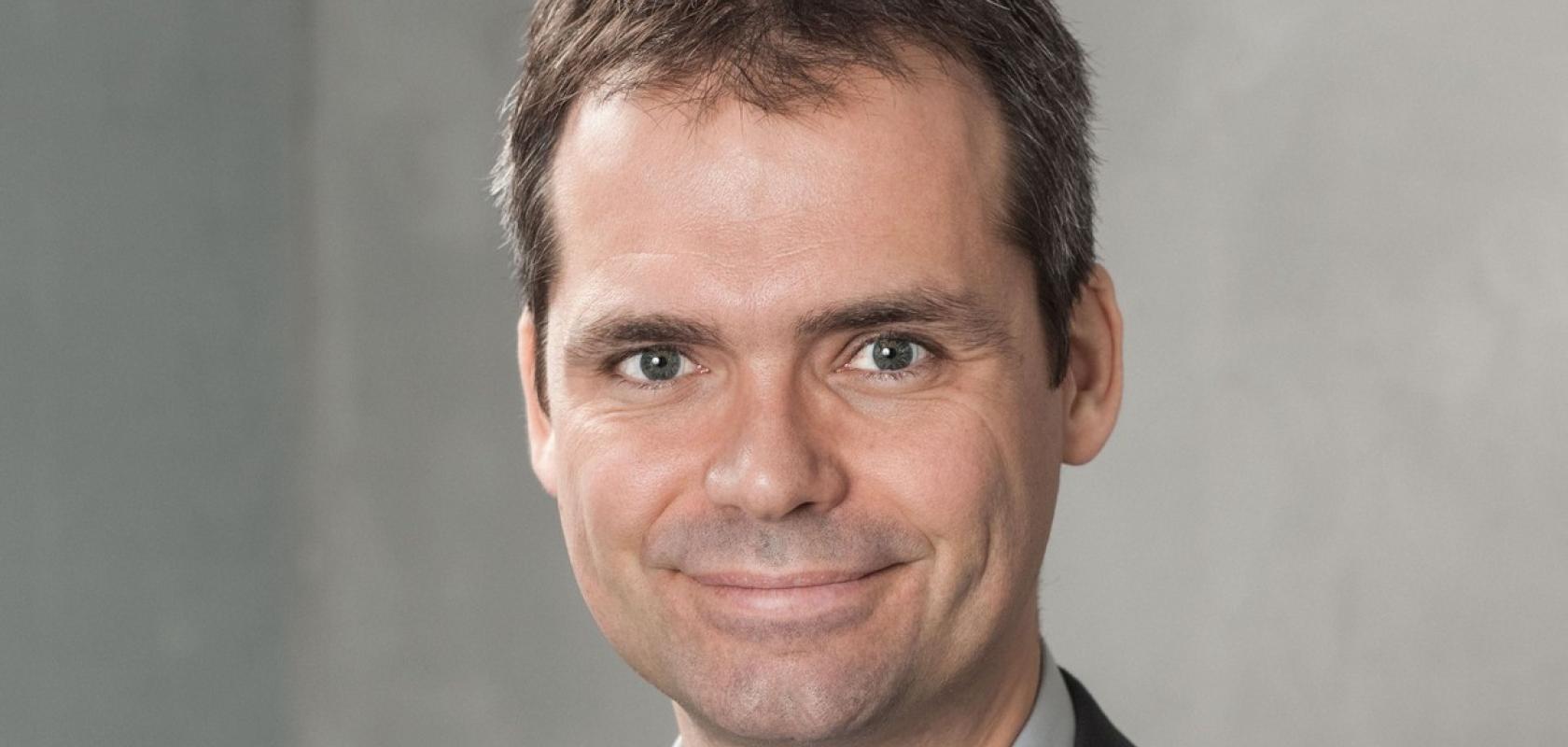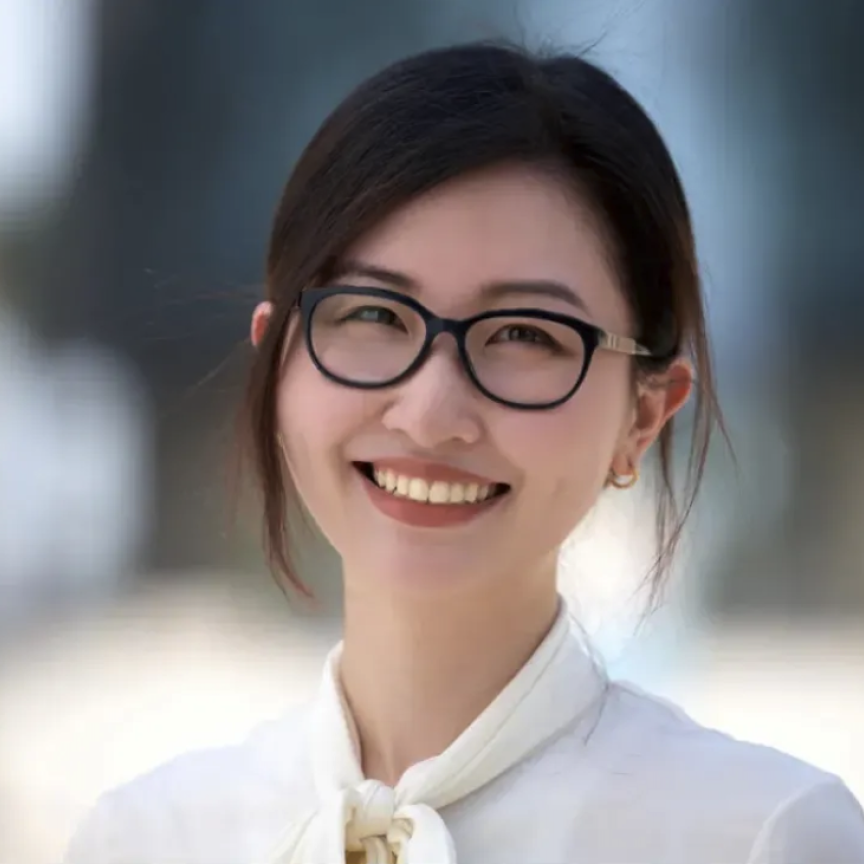Thomas Südmeyer, from University of Neuchâtel, discusses a new book aimed at providing role models for young researchers
Several years ago, as part of the UN’s International Year of Light, the European Optical Society launched the Early Career Women in Photonics Award that recognises scientists who have rendered outstanding services to photonics. Highlighting female scientists provides young women with successful role models that represent a new generation of scientists.
Creating new female role models is an important task. Today, women are still rarely seen in academic leadership positions, as keynote speakers at conferences or as scientific experts on television and in newspapers. It is important for our research community to understand how existing norms can influence our image of reality and strengthen stereotypes. And, the lack of visibility of women in science can mean that women are less likely to start, or stay, in scientific careers.
Providing successful female role models can help to solve the ‘leaky pipeline’ problem: the increasing number of women leaving their careers before reaching senior positions. In Switzerland, the share of women professors in natural sciences is only about 10 per cent.
Addressing this issue, Dr Anna Garry, a professor at ETH Zurich, started gathering stories and experiences of exceptional women in academia, with support from the scientific community in Switzerland and ETH Zurich’s Women Professors Forum (WPF). After four years of interviews, this project evolved into a book, published earlier this year. Titled, 'Inspiring Conversations with Women Professors: The Many Routes to Career Success', the book features 23 interviews with successful female scientists at various career levels. Their disciplines are science and technology related, with a focus on photonics, physics, biology, and chemistry. The conversations provide a broad spectrum of professional experiences, with an insight into personal stories and the multitude of possible paths to professorship.

An important ingredient for their success was curiosity. All of the female researchers are very passionate about their scientific topic, which created a strong urge for research early in their careers. This passion helped them to overcome moments of doubt and to commit themselves fully to their field, even if they were unsure initially where it would lead, or whether they would be able to reach a lifetime position.
Having mentors who supported and inspired them was highly important for the careers of those interviewed. For many, their supervisors gave them the freedom to grow independently as academics, allowing them to benefit from existing networks, and helping them create connections.
For the researchers who were in a relationship, the support and encouragement of their partner was essential for their advancement. Although it was challenging, it was, in most cases, possible for both partners to maintain fulfilling careers successfully.
All of the interviewed women experienced many obstacles to overcome, but most did not associate these obstacles with gender. The negative effects of unfriendly academic conditions often created the most significant challenges.
The book goes beyond a collection of stories. The second part, ‘Outcomes and lessons from the conversations’, offers detailed advice and practical solutions for real-world career problems. The individual career paths of the female researchers are analysed and similarities and differences are pointed out and discussed. Detailed advice for prospective scientists includes ‘Finding your research field and your questions’ and ‘Being suited to the position of a professor’. This way of thinking is necessary for an academic career, but often not available to young researchers. Many challenges are discussed, such as establishing a publication record, dealing with temporary postdoc contracts, and managing career transitions.
Women in the academic environment will face additional challenges, which are discussed in the final part of the book. Many of these challenges are linked to the current state of women being only a minority in their faculties. For example, women need to be represented in all university and science committees. The administrative and committee work is a strong burden for the few women in their departments. Many of the interviewed professors had to learn to decline offers to keep time for successful research.
True to its title, this is a really inspiring book, providing deep and thoughtful insights into the careers of 23 successful female professors. The interviews and the final synthesis are highly interesting for readers from both sexes and all career stages. Young researchers will find stimulating ideas and visions for their careers. While this book was written for science, many ideas are relevant to industry.


